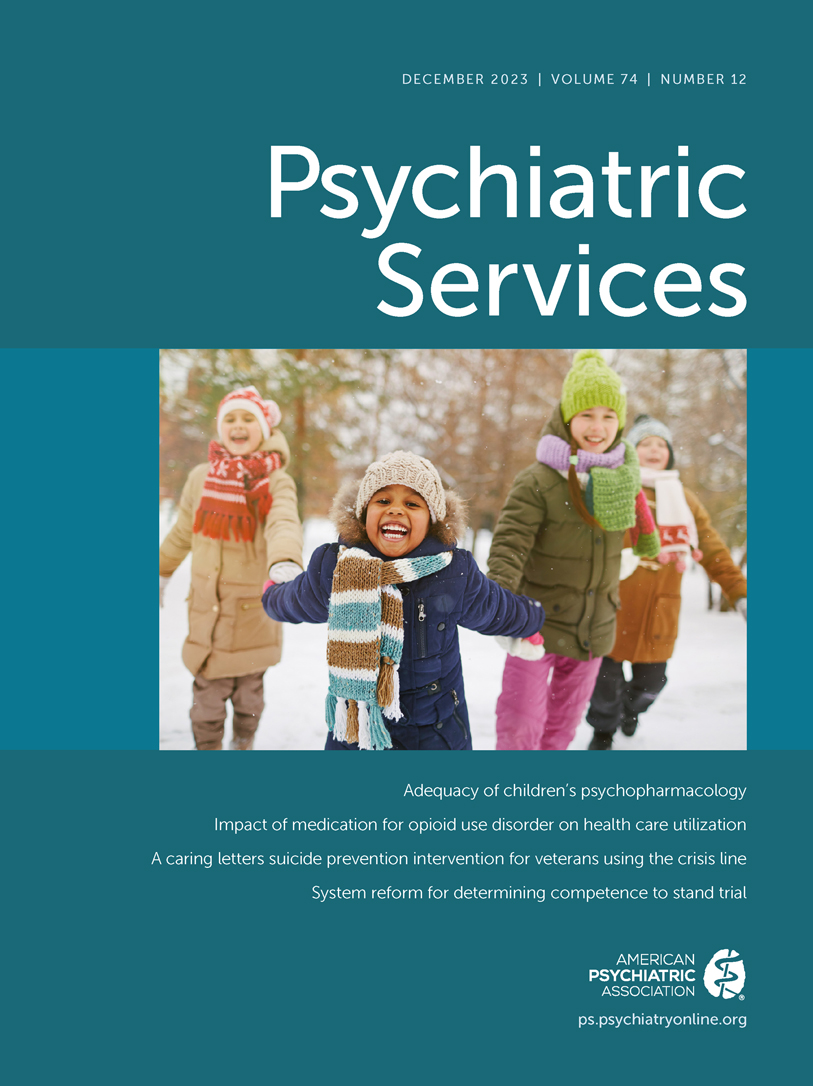Impact of Medication-Based Treatment on Health Care Utilization Among Individuals With Opioid Use Disorder
Abstract
Objective:
This study evaluated the association between medication for opioid use disorder (MOUD) and health care utilization over time among a sample of treatment-seeking individuals with opioid use disorder. In contrast to previous studies, this study used a novel measure of MOUD adherence, more comprehensive utilization data, and analyses that controlled for detailed individual and social determinants of health.
Methods:
This study was a secondary analysis of a comparative effectiveness trial (N=570) of extended-release naltrexone versus buprenorphine-naloxone. The outcome of interest was usage of nonstudy acute care, inpatient and outpatient addiction services, and other outpatient services across 36 weeks of assessment. Adherence (percentage of days taking MOUD) was defined as low (<20%), medium (≥20% but <80%), or high (≥80%). A two-part model evaluated the probability of utilizing a resource and the quantity (utilization days) of the resource consumed. A time-varying approach was used to examine the effect of adherence in a given month on utilization in the same month, with analyses controlling for a wide range of person-level characteristics.
Results:
Participants with high adherence (vs. low) were significantly less likely to use inpatient addiction (p<0.001) and acute care (p<0.001) services and significantly more likely to engage in outpatient addiction (p=0.045) and other outpatient (p=0.042) services.
Conclusions:
These findings reinforce the understanding that greater MOUD adherence is associated with reduced usage of high-cost health services and increased usage of outpatient care. The results further suggest the need for enhanced access to MOUD and for interventions that improve adherence.
Access content
To read the fulltext, please use one of the options below to sign in or purchase access.- Personal login
- Institutional Login
- Sign in via OpenAthens
- Register for access
-
Please login/register if you wish to pair your device and check access availability.
Not a subscriber?
PsychiatryOnline subscription options offer access to the DSM-5 library, books, journals, CME, and patient resources. This all-in-one virtual library provides psychiatrists and mental health professionals with key resources for diagnosis, treatment, research, and professional development.
Need more help? PsychiatryOnline Customer Service may be reached by emailing [email protected] or by calling 800-368-5777 (in the U.S.) or 703-907-7322 (outside the U.S.).



